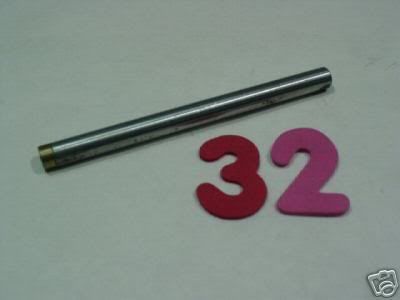During my 430 engine rebuild, the fuel pump pushrod was lost. I was lucky to find a brand new NOS push rod (Part Number CIVE-9400-A).
The shop manual only gives the travel of the pump eccentric cam lift as .25 (I believe). But, no specs on the push rod itself to check a used pushrod for wear (or cut a new one out of steel if you have no other choice).
So, here are the measurements of a brand new pushrod. I would write this down in the shop manual somewhere, maybe in the fuel section. You won't find it anywhere else -- at least I couldn't.
Length = 4.870"
Diameter = .373"
Hope this helps someone someday.
The shop manual only gives the travel of the pump eccentric cam lift as .25 (I believe). But, no specs on the push rod itself to check a used pushrod for wear (or cut a new one out of steel if you have no other choice).
So, here are the measurements of a brand new pushrod. I would write this down in the shop manual somewhere, maybe in the fuel section. You won't find it anywhere else -- at least I couldn't.
Length = 4.870"
Diameter = .373"
Hope this helps someone someday.

Comment